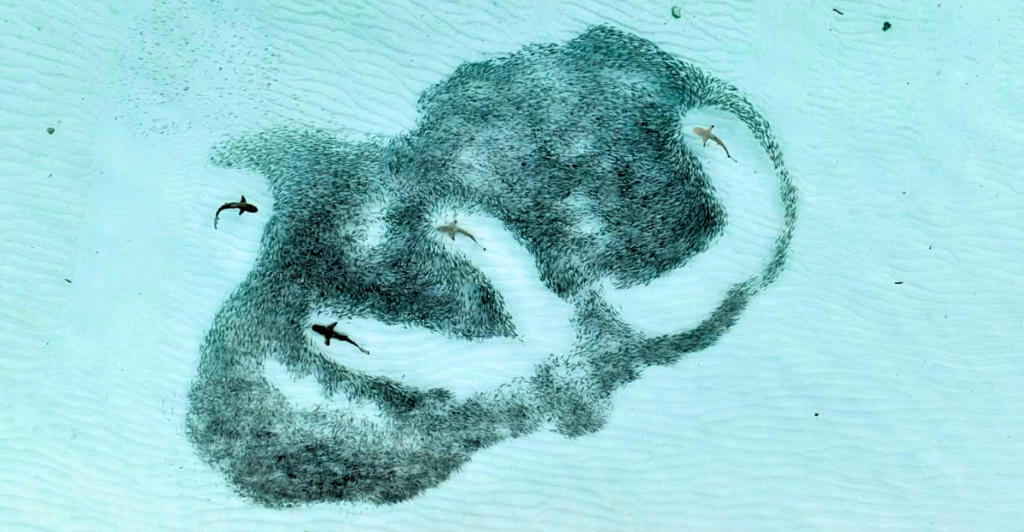
Nature’s deadliest creatures play a crucial role in their ecosystems. They generally ensure that the local population doesn’t get out of hand, which can damage other life in their habitat. They also clean up carrion, making sure that their environment is clean. Here are some of the top predators keeping things balanced.
Mosquitoes
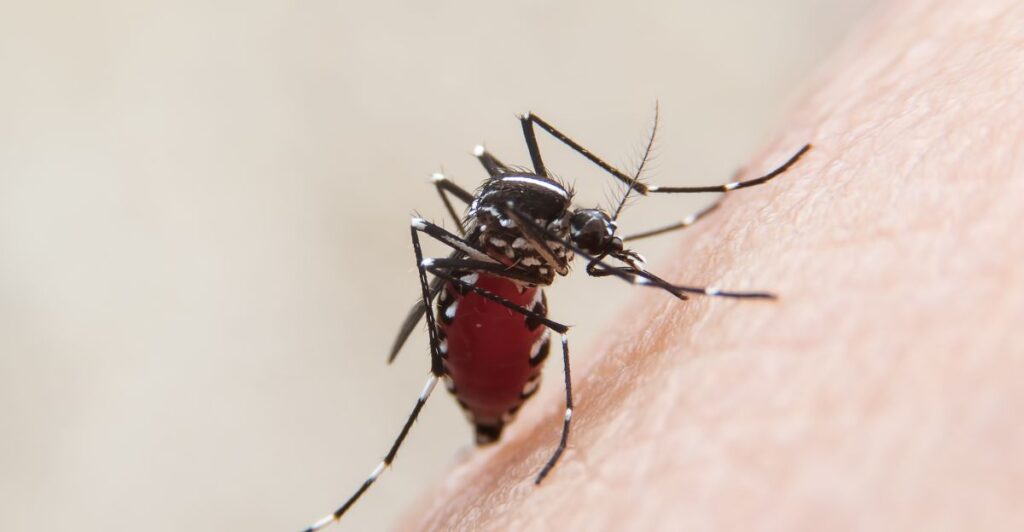
Mosquitoes may seem like a pest to humans, but they play a vital role in their ecosystems. They control local populations of other insects and small animals, preventing overpopulation and consequent habitat destruction.
Snakes
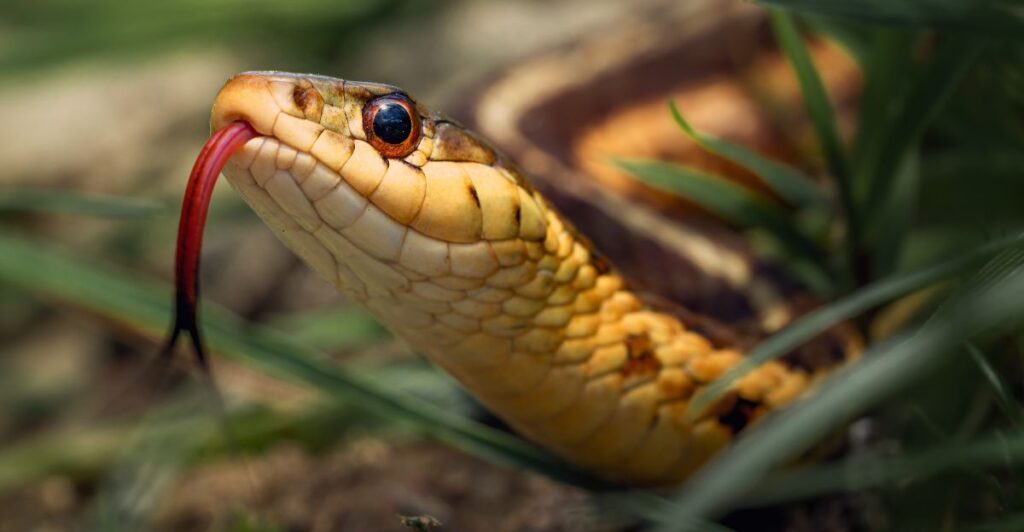
Snakes are the deadliest predators in their environments. They ensure they inhabit a diverse ecosystem by predating on local rodents, which would otherwise destroy the local vegetation. The snakes keep each rodent in line and ensure that there is no dominant species.
Humans
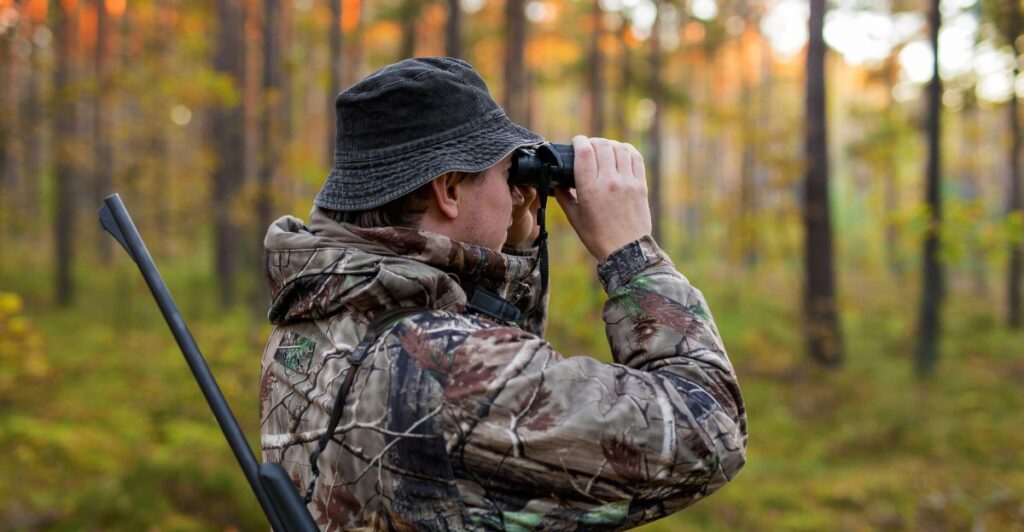
Humans may be the deadliest predators, and in the past, they have disrupted ecosystem balance through habitat loss, overhunting, and many other factors. Thankfully, we’ve recognized this and started trying to achieve balance in ecosystems worldwide through conservation work.
Tsetse Flies
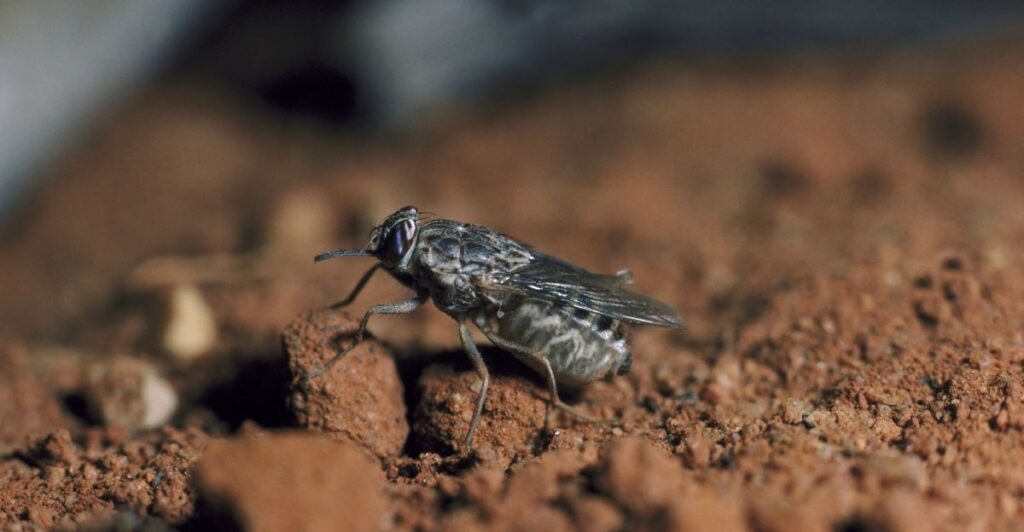
Tsetse Flies can transmit diseases that affect both humans and animals, but they are essential in controlling local herbivore populations so that overgrazing doesn’t occur. They keep the ecosystem in check and provide an environment for every species to thrive.
Scorpions
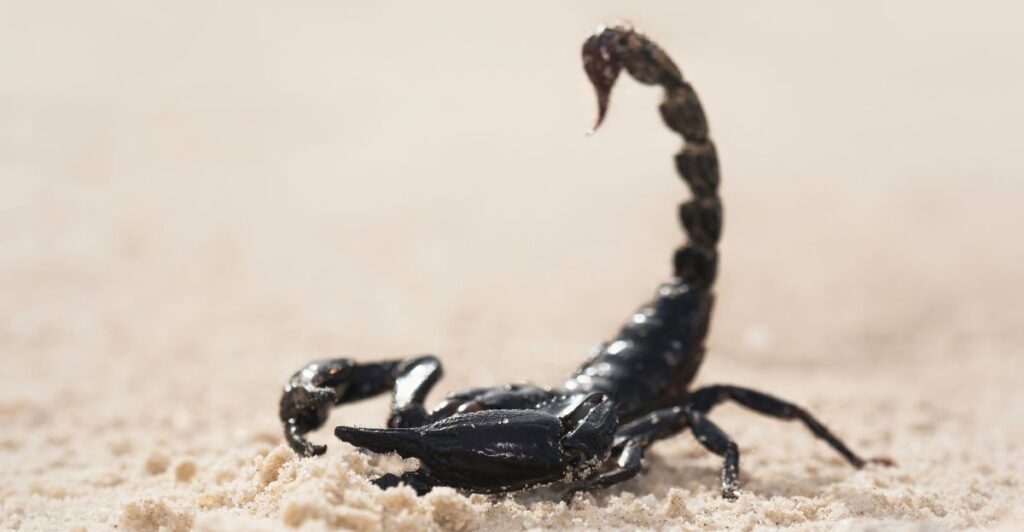
Scorpions are apex predators in their environment, hunting local insects, keeping their population from running rampant, and having them overwhelm the local ecosystem. If one insect species grew out of control, this could disrupt important food chains.
Crocodiles
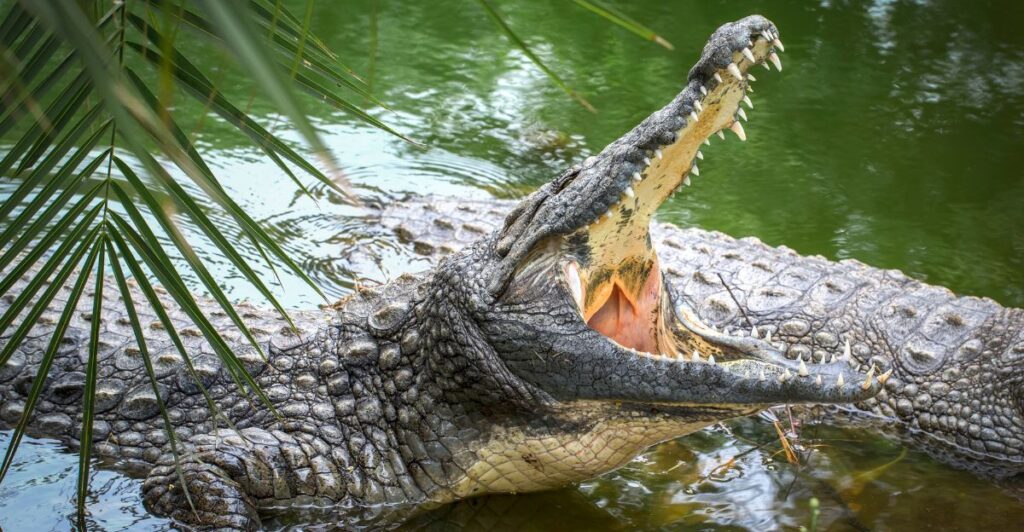
For a good reason, crocodiles have undergone very few changes in millions of years. They are close to perfect predators, hunting fish and any herbivores that get close enough to their habitat. They control the local fish population and ensure that they don’t take all the resources other species depend on.
Hippopotamus
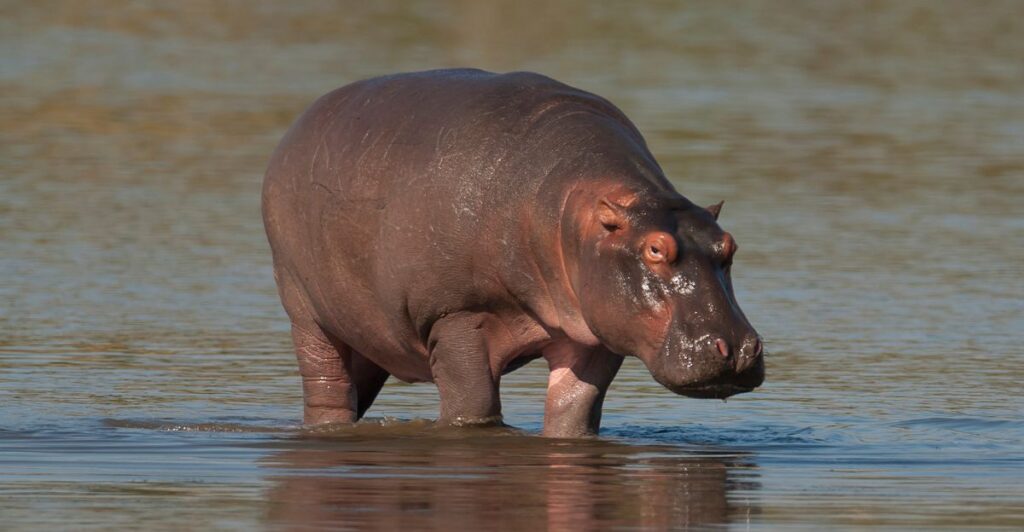
The hippopotamus is a deadly mammal, killing around 500 people per year. They are not carnivores, so they do not control the local population through culling; rather, they create pathways and sustainable river habitats. They also contribute to nutrient cycling, ensuring their aquatic habitat stays healthy.
Freshwater Snails
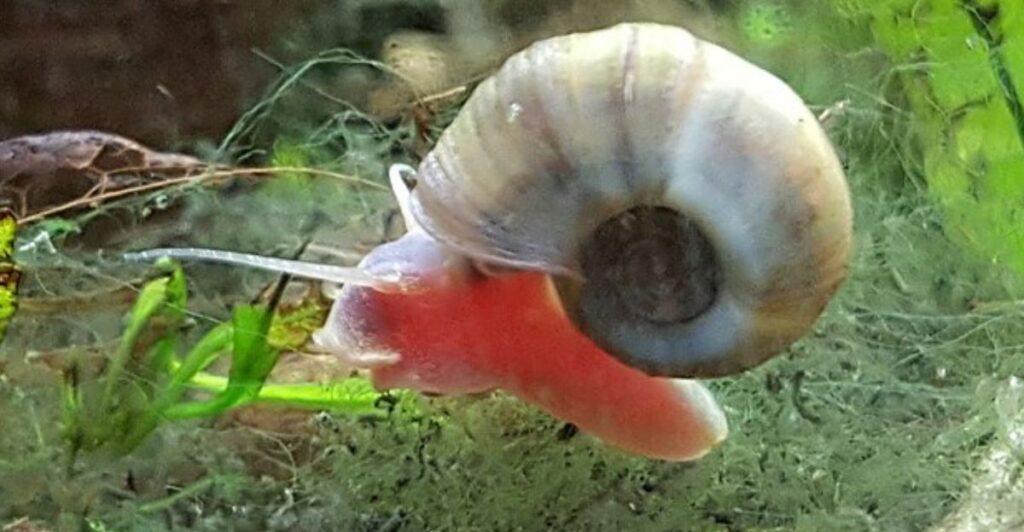
Freshwater snails affect population dynamics by hosting parasites that affect the local population. Through these parasites, they kill more than 200,000 people per year, making them one of the deadliest creatures on the planet. Their parasites are part of the ecosystem and maintain the populations of other species in their environment.
Sharks
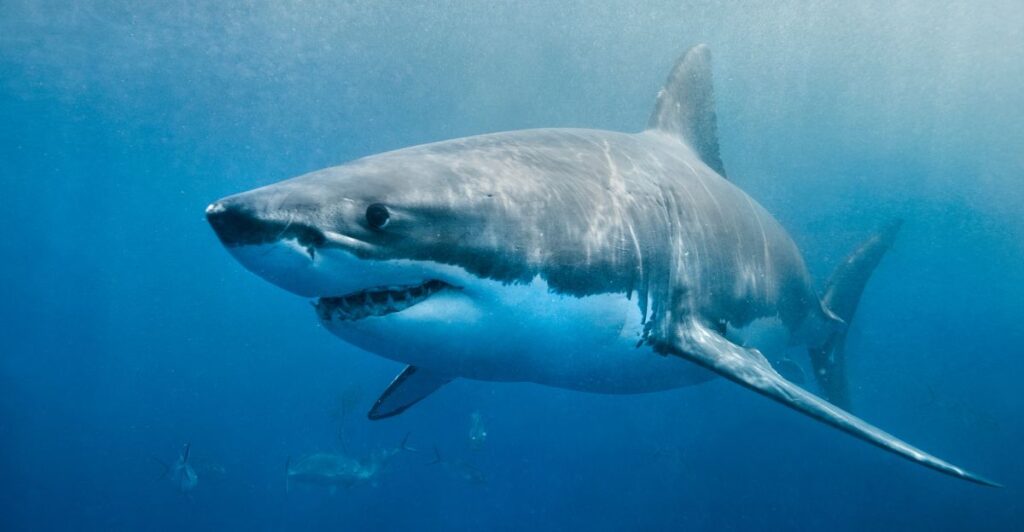
Sharks are dominant and deadly predators that thrive in their environment. They maintain ecological balance by maintaining many different marine populations, ensuring that the fish do not overfeed on macroalgae and microalgae, which many species depend on.
Spiders
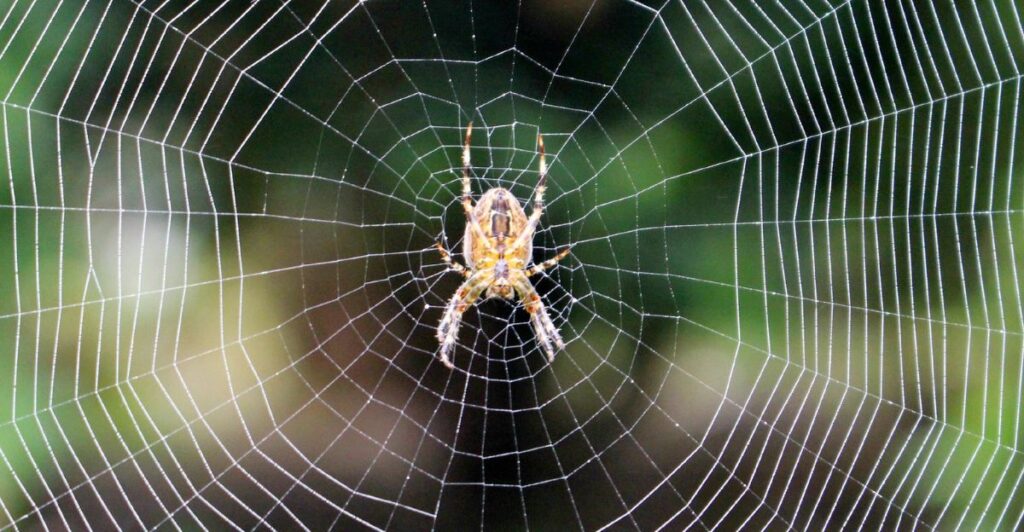
Spiders make sure their insect populations don’t grow rampant, as they would have extreme ecological effects, including crop destruction and becoming pests.
Polar Bears
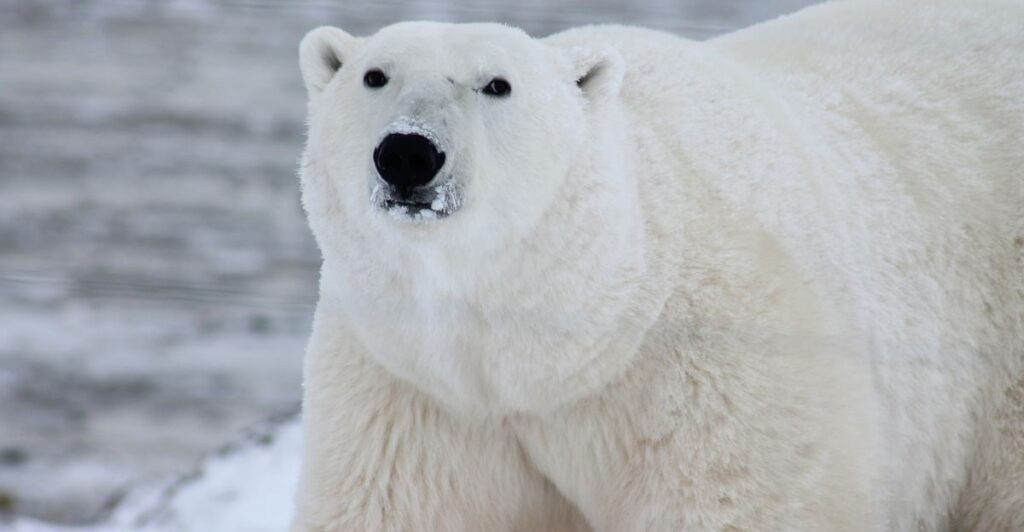
Polar Bears are immensely strong predators that actively hunt their prey. They predate mostly on local seal populations, ensuring they don’t over-graze on marine vegetation. If the marine vegetation population dwindled, it would have implications for thousands of other marine life using it as a food source.
Box Jellyfish
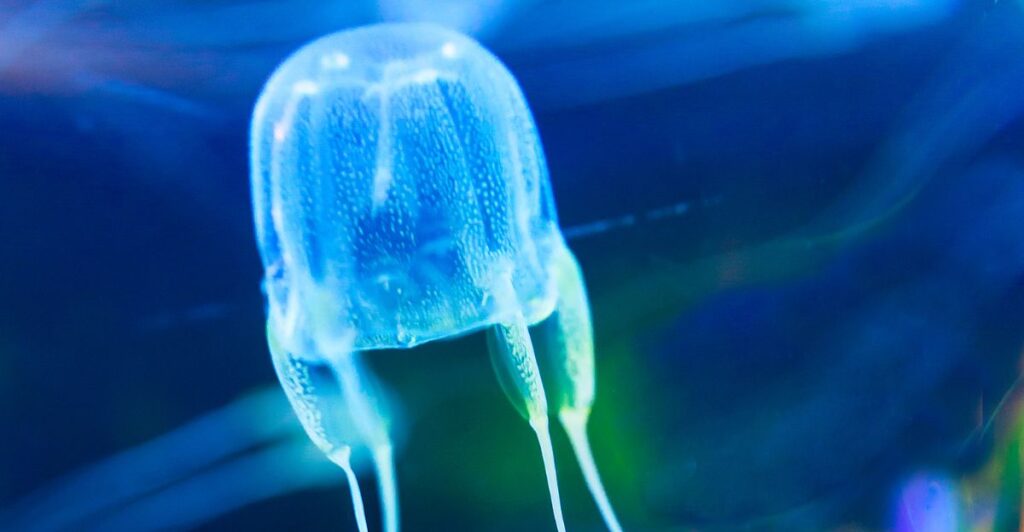
Box jellyfish have deadly stings that they use to prey on plankton and fish. Their populations are kept in check so that they do not overpopulate the ocean, which would have a knock-on effect, as their prey would be overhunted, destroying the food chain.
Discover more of our trending stories and follow us to keep them in your feed

California Is Breaking Apart: A Fault Line Is Forming Faster Than Anyone Predicted
California Is Splitting Apart: A Fault Line Is Forming Faster Than Anyone Predicted
Philanthropist Promises To Cover $771.23M Annually After US Exit From Climate Accords
Bobcats Are Making a Comeback—And They Might Be Protecting Us From Disease
This article first appeared here
Stay connected with us for more stories like this! Follow us to get the latest updates or hit the Follow button at the top of this article, and let us know what you think by leaving your feedback below. We’d love to hear from you!







